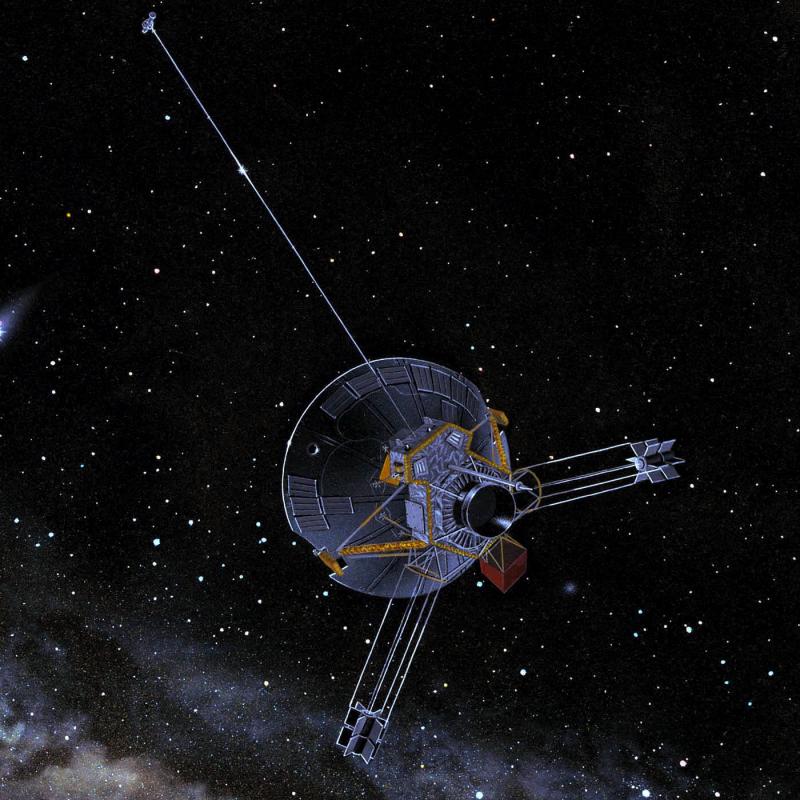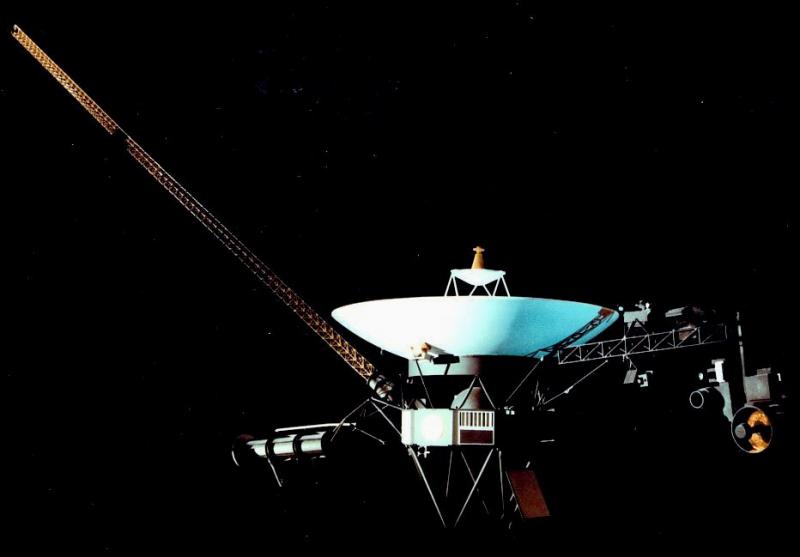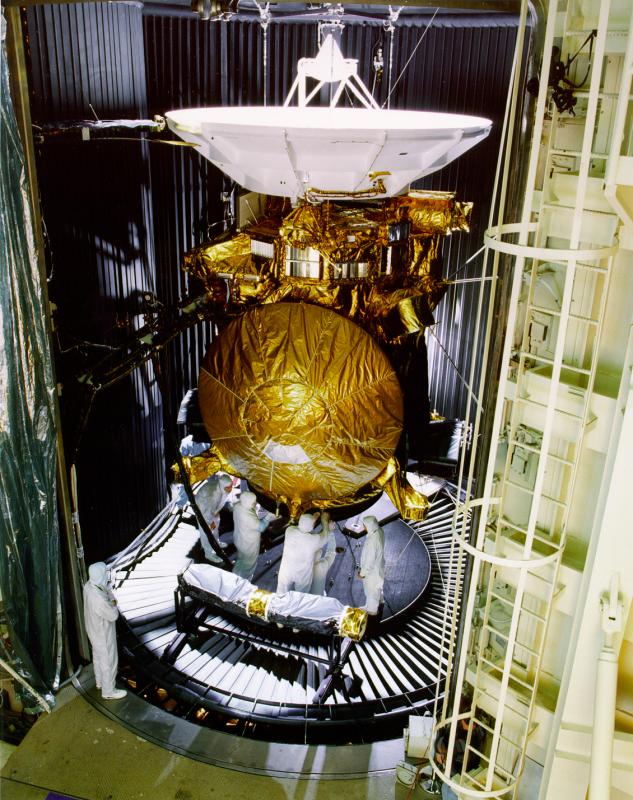2017 March 22
Saturn as a planet
Saturn is the sixth planet from the Sun and the second largest planet after Jupiter. It is classed as a Gas Giant planet as it is predominately made up of hydrogen. Beneath the deep hydrogen atmosphere, this gas may be compressed into a liquid or solid. This in turn may overlay a rocky core.

Some facts about Saturn:
- Distance from the Sun = 9.024 x Earth-Sun distance
- Orbital period = 29.457 years
- Equatorial Diameter = 120,536 km
- Polar radius = 108,728 km
- Mass 95.159 x Earth
Saturn’s rings
The most famous feature of Saturn is its rings. The main two rings are the darker outer Ring A and the brighter Ring B. These are separated by the Cassini Division. These can be seen in a small telescope (about 80mm aperture and above ) under good conditions. Ring C is difficult to detect except where is crosses the planet. The remaining Rings (D, E, F and G, several ring arcs and the Phoebe ring) are very faint. Ring A has a diameter of 273,200 km but the rings are only a few tens of metres thick. The rings comprise particles ranging in size from a few tens of metres down to µm.
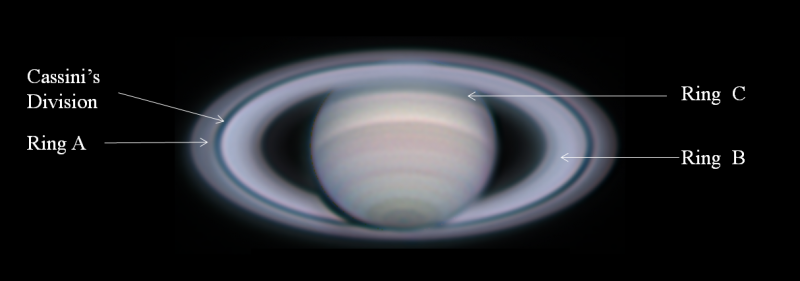
The changing appearance of Saturn’s rings
Saturn orbital plane is inclined only by 2.5 degrees with respect to the Earth. Its equator is inclined by 26.7 degrees to the plane of its orbit. The rings orbit the planet close to the planet’s equator. As a result the planet has seasons, with the north pole inclined to the Earth and half an orbit later the south pole is inclined to the Earth. Consequently over a Saturnian year, the rings show a varying aspect to the Earth as seen in the following figure. Currently the north pole and north face of the rings are inclined to the Earth, at about the maximum inclination angle. The rings were last edge-on to the Earth in 2009 and will next be edge-on in 2025.

Storms on Saturn
Saturn’s atmosphere shows a banded appearance similar to that of Jupiter. Large amateur telescopes can sometimes detect storms in the upper atmosphere. However large storms that can be seen with small telescopes are rare. The most famous of these was discovered by British amateur, Will Hay in 1933. Another major storm erupted in the upper atmosphere in late 2010 and continued into 2011. This was followed by both amateur and professional astronomers plus the orbiting Cassini spacecraft.

Saturn’s satellites
Saturn has 82 known satellites (moons) as of November 2020. Its largest is the satellite Titan which has an atmosphere. The Huygens lander was detached from the Cassini spacecraft and landed on this moon on 2005 Jan 14. It returned many images of the satellite’s surface. Titan can be seen in a small telescope and a number of the other satellites can be seen in larger amateur instruments.
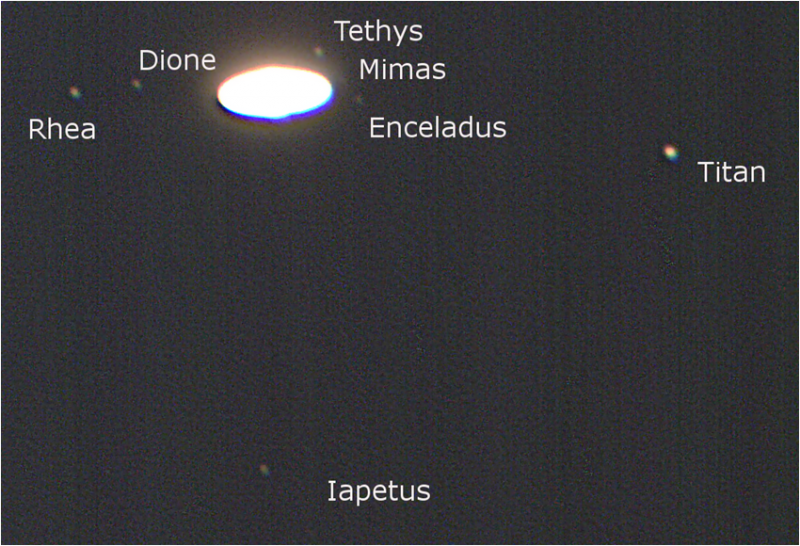
Spacecraft to Saturn
Four spacecraft have visited Saturn. The Cassini spacecraft is an orbiter and is due to be de-orbited in the autumn of 2017.
Pioneer 11
- Launched: 1973 Apr 6
- Arrived Saturn: 1979 Sep 1
Voyager 1
Voyager 2
- Launched: 1977 Aug 20
- Arrived Saturn: 1981 Aug 26
Cassini-Huygens
- Launched: 1997 Oct 15
- Arrived Saturn: 2004 July 1
- Prime mission: 2004 – 2008
Huygens Lander
- •Landed on Titan: 2005 Jan 14
Mike Foulkes
Mike is the director of the Saturn, Uranus and Neptune Section of the BAA.
To see a selection of observations made by BAA members follow this link to the Members pages.
Thumbnail image by John Sussenbach
| The British Astronomical Association supports amateur astronomers around the UK and the rest of the world. Find out more about the BAA or join us. |


